EU, in negotiations with Trump - Which European country would be most affected by US tariffs?
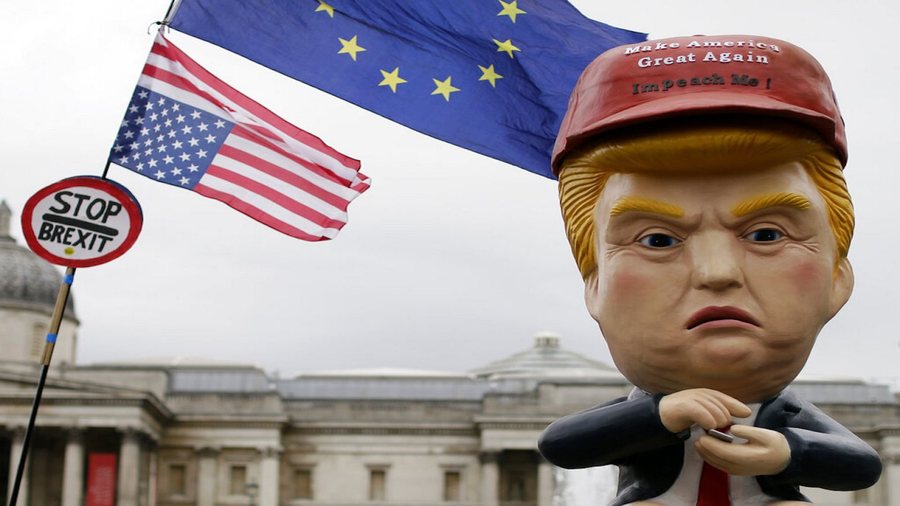
Germany and Ireland stand out as the two EU economies most exposed to higher US tariffs. Brussels is working towards a trade deal with Washington, amid threats that future pharmaceutical tariffs could reach as much as 200%.
When US President Donald Trump imposed a new 25% tariff on imported cars and car parts in April, Germany was singled out as the EU country with the biggest losses. The tariffs could cost Berlin 0.4% of GDP in the long run, according to an estimate by Brussels-based think tank Bruegel.
According to one report, the damage to the European economy could be around 0.3% of EU GDP, depending on the outcome of the negotiations. This compares with the 1.1% real GDP growth expected in the bloc in 2025, according to the European Commission's forecast.
In 2024, the United States was the EU's largest partner for goods exports, accounting for 20.6% of all its goods exports outside the bloc. Pharmaceuticals accounted for 15% of exports to the US. They were followed by the automotive sector.
Until there is more clarity on potential US tariffs on pharmaceutical products, "the automotive sector will be most vulnerable to US tariffs, as there are no major exemptions planned," analysts say. The car industry was hit with a 25% tariff in April. "The tariffs alone could cut around 8% of the EU's total trade volumes over the next five years," the economists say.
The European countries most at risk include Germany, Ireland, Italy, France and the Netherlands. The German economy relies on exports, driven by the country's auto sector. Almost a quarter (22.7%) of total German exports go to the US. Berlin is expected to be hit hardest by US tariffs, compared to other countries.
In terms of long-term impacts, Ireland will be one of the most affected countries, as more than half of its goods exports (53.7%) go to the US market. If the pharmaceutical sector is hit with tariffs, Ireland will be the EU economy most at risk, analysts explain.
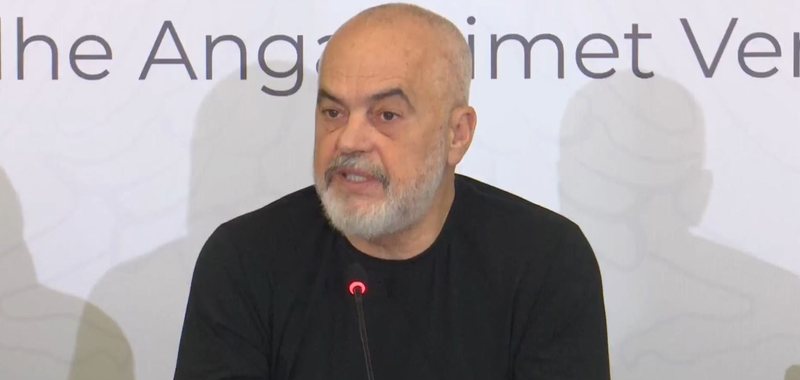
Rama: All heads of administrative units must be dismissed by Monday!
Prime Minister and leader of the Socialist Party, Edi Rama, has called for the dismissal of all heads of administrative units, to pave the way for......

How did Albanians use their digital time? 85% spent it talking on the phone, 27% dealing with politics
A significant part of our time today is spent in the digital world, performing various activities on the internet. According to data published by Eurostat......
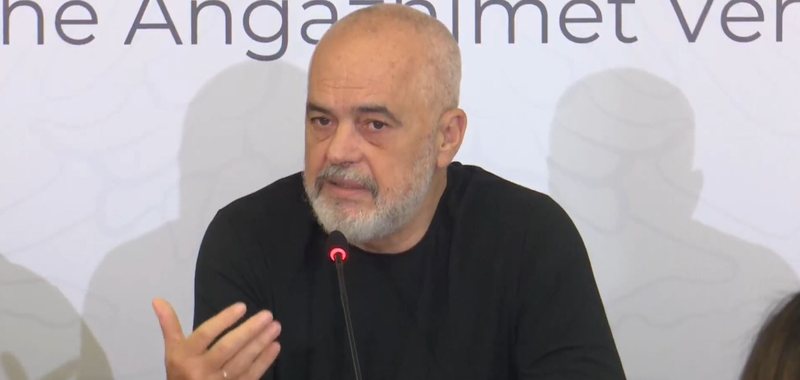
Rama with the heads of municipalities: In cities with an influx of tourists, the weakness of local government has come to light
Prime Minister Edi Rama held a meeting today with mayors on the performance of local government in function of the "Albania 2030" vision in the EU. At the......
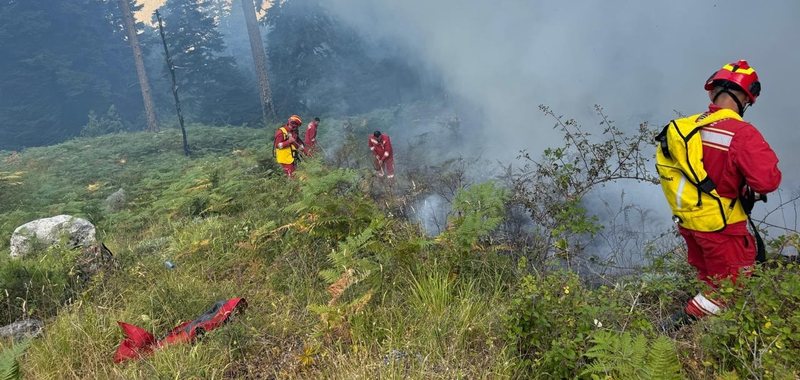
The number of fires increases in the last 24 hours/ MoD: 37 reported, 4 still active
The Ministry of Defense announced today that 37 fires have been reported in the last 24 hours, of which 4 are still active and 2 are under monitoring. The......

From economic assistance to job integration - The social scheme is being reformatted. Employment support for families in need
In the priorities of the medium-term budget 2026-2028, in the field of social protection, it is intended that the number of families and individuals in need......
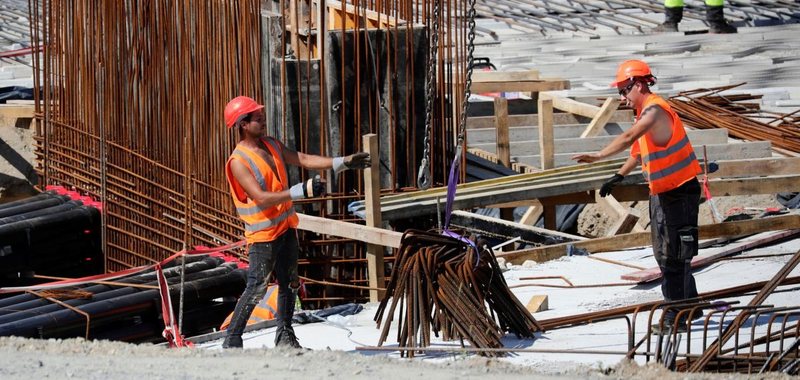
Rama: We strengthen the role of the architect by law, no more water and electricity for unauthorized construction!
Prime Minister Edi Rama held a meeting today with mayors on the performance of local government in function of the "Albania 2030" vision in the European......
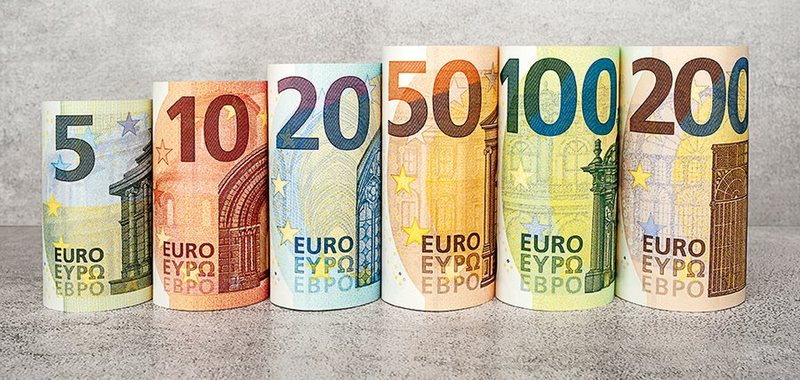
AIPS "moves" 2.9 billion euros in 6 months/ About 22% more transfers in the European currency than in 2024
The AIPS-EURO system is increasingly confirming its position as a strategic channel for large euro transfers in Albania. According to official data published......
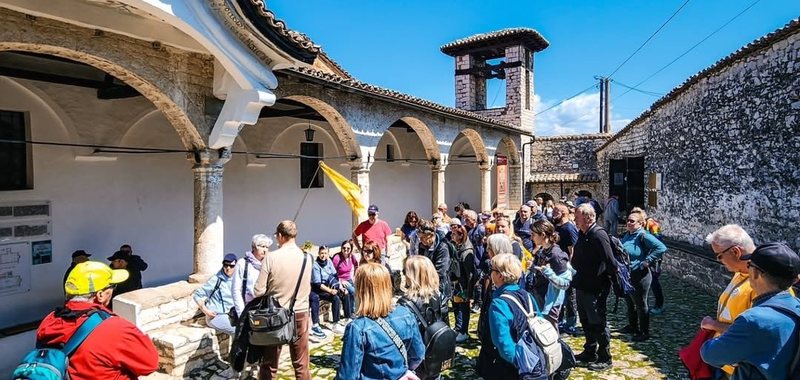
'Over 560 thousand visitors to cultural sites' - Gonxha: 74% increase compared to 2023!
The Minister of Economy, Culture and Innovation, Blendi Gonxhja, made public today the statistics on the visitation of cultural sites in the first half of......

















